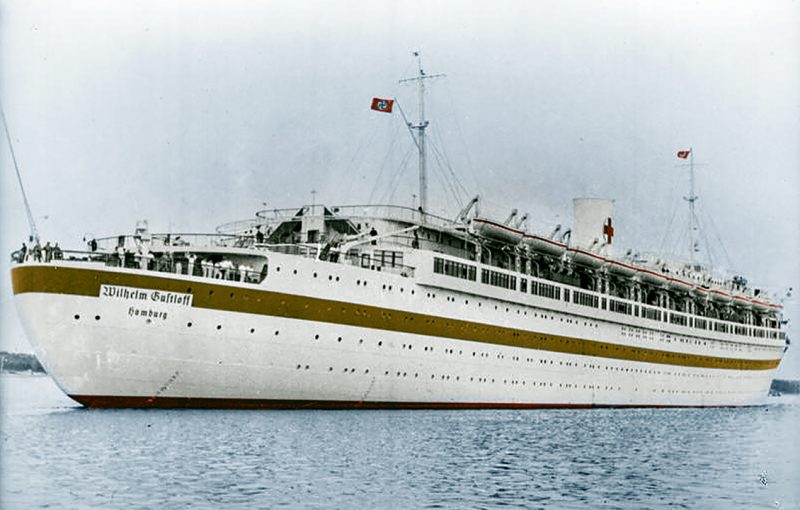We probably know how disastrous the story of Titanic was. Even before the movie was released in 1998, we already knew how 1,500 people lost their lives that night because of a natural entity. We probably had also heard the story of the Lusitania when it was gravely torpedoed, which resulted in thousands of casualties.
However, both of these disasters are nothing compared to the sinking of the Wilhelm Gustloff. Perhaps not many of us know what happened to the sinking of this particular ship.
The Wilhelm Gustloff was considered one of the biggest naval disasters ever recorded in history. The story was not well known as there had been some conspiracy theories behind the tragedy. However, almost 10,000 people died that day.
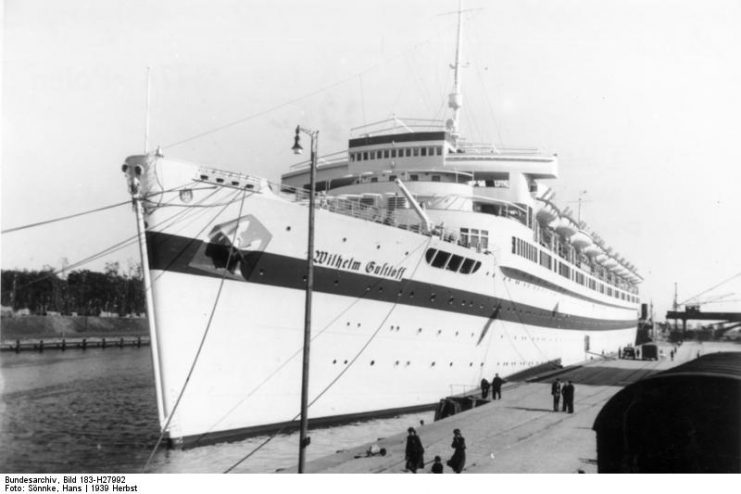
The Wilhelm Gustloff was a German ocean liner built in the 1930s and named after one of the leaders of the Swiss Nazi Party who was assassinated. However, in 1945 the ocean liner met its end when the Soviet Union fired torpedoes into her and she sank within minutes in the Baltic Sea with refugees on board.
Beginnings of the Luxury Liner
The Wilhelm Gustloff was first built as a cruise liner in the 1930s. It was launched in 1937 and began as a luxury liner. It was intended for the German workers of the Third Reich. Before the war started, it had already sailed on more than fifty cruises. The ship was built with an impressive structure, weighing in at 25,000 tons and reaching a length of almost 700 feet.
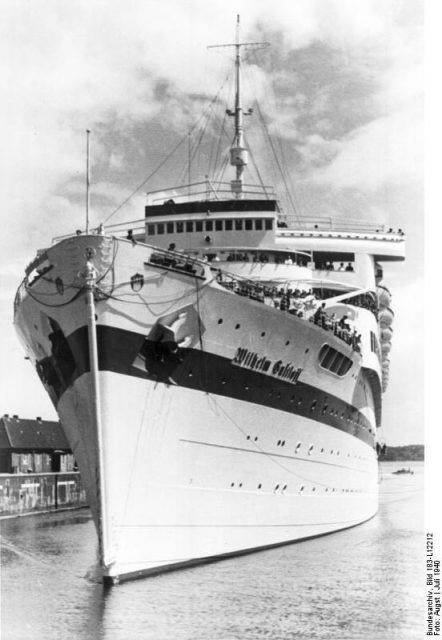
Before the luxury liner was given its name, it was intended to be named after Hitler. However, for fear of his name being tarnished should the vessel be sunk, Hitler refused. Instead, he named the ship in honor of the assassinated Swiss Nazi Party leader. Soon, the ship became officially named MV Wilhelm Gustloff.
During the War
During the first year of the war, the cruise liner first served as a hospital ship . There, it remained in the docks at Gotenhafen port near the coast of the Baltic Sea. Then in 1945, it was used as barracks for the trainees of U-boats.
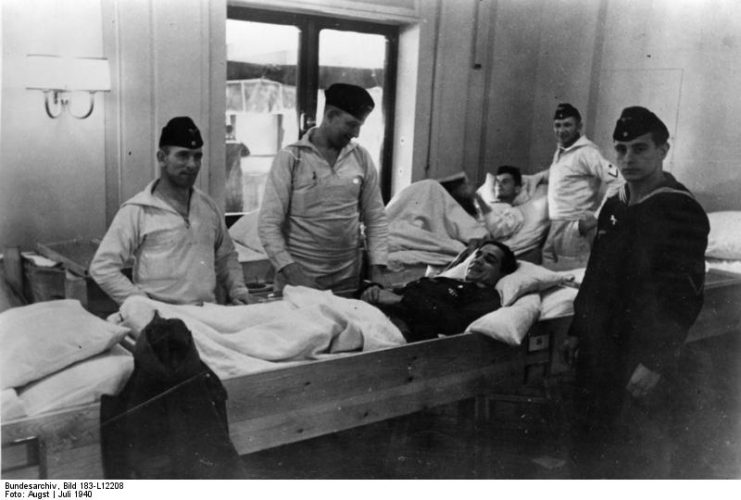
The Soviet Union’s Approach
When the Red Army finally got the upper hand, the German civilians in Prussia attempted to escape. They fled desperately to the Baltic port in the hopes of being evacuated. Some who were unlucky to be caught in the middle of the turmoil during the Soviet Union’s advances were killed.
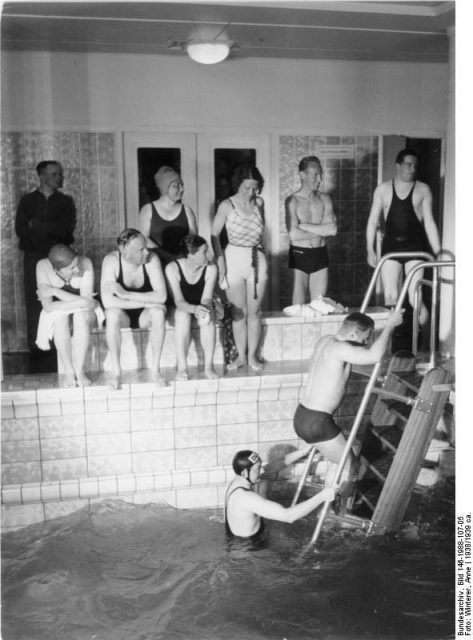
The ship was put into service to help in the evacuation of the civilians. The entire scenario in Gotenhafen at that time was one of pure panic as throngs of people fought and pushed their way into the ship, desperate for a spot inside.
Call for Departure
As soon as the last of the people were boarded on the ship, it departed with 10,582 civilians crammed on board. However, the ship was designed for a capacity of of less than 2,000. The ship was escorted by 3 other vessels, but the captains could not agree on a route. If they took the easier route on shallow waters, they risked being detected. Unfortunately, the poor visibility, cold temperatures, and heavy snow made it more difficult to navigate the ship.

Sometime later, they were notified over the radio that they were coming towards a German minesweeper convoy. Since navigation proved difficult, they had to turn on the lights to be able to see the German convoy. Unfortunately, it only made the ship easier to spot by Soviet submarines nearby.
Final Voyage
As soon as the ship was locked in, the Soviet sub fired three torpedoes. Each of the torpedoes found their target. What followed was a cause for an utter horror. Many of the lifeboats could not be unlatched as they were frozen in their positions leaving only a few for the overloaded vessel.
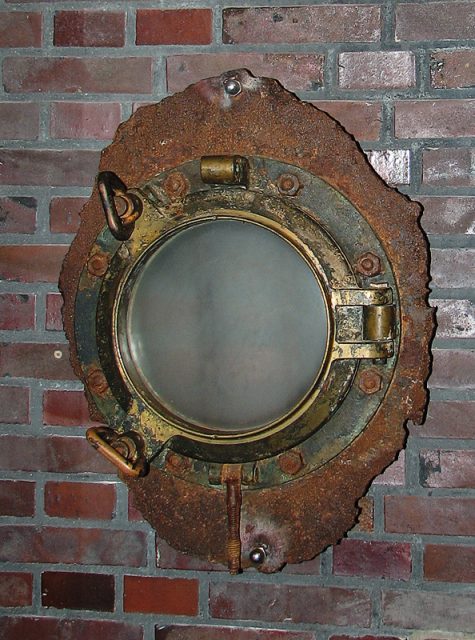
Within minutes, the ship started to sink and many people were trapped below deck. Some were crushed in the ensuing panic, and others fell into the freezing waters. Children drowned as life jackets were too large. It was a desperate moment for many while they fought and clubbed their way to the remaining lifeboats.
It was the last journey for MV Wilhelm Gustloff. Certainly one of the worst naval disaster in history.
